For most, the Peranakans seem to be a thing of the past; their culture kept alive only by the occasional tv series, restaurants serving Peranakan cuisine, and perhaps the row of shophouses in Joo Chiat. But for others, it was a way of life — albeit lost with time. The Peranakans of the early 20th century were people of grandeur and elegance, with a lifestyle rich in culture.
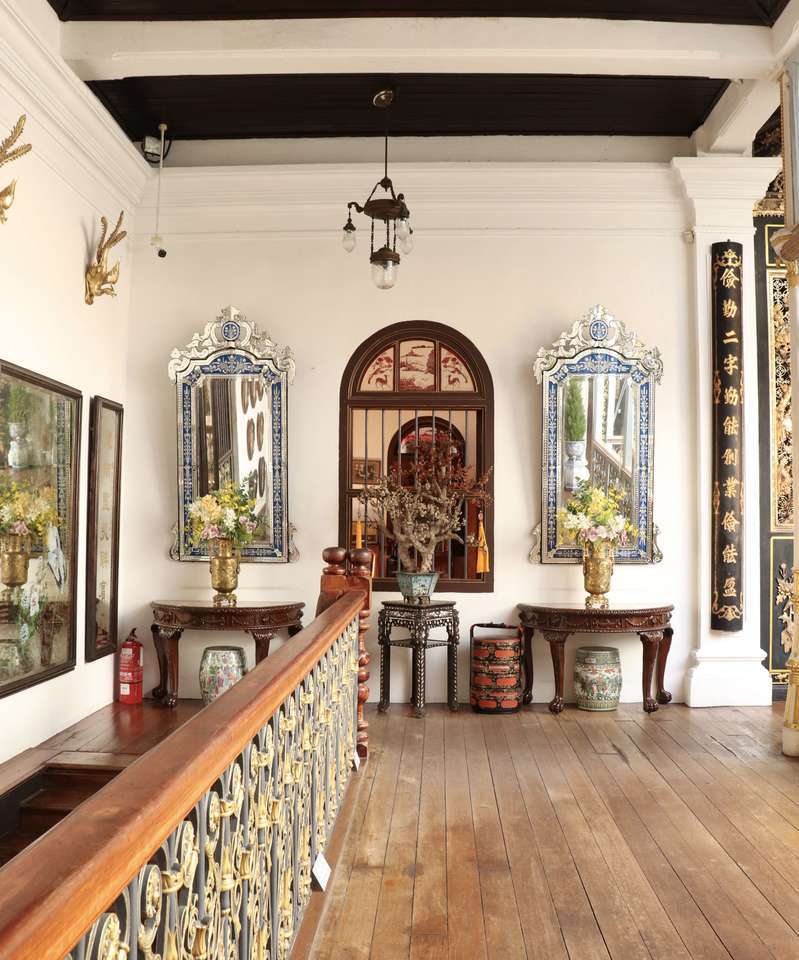
Pinang Peranakan Mansion in George Town, Penang
Source: @x.wanlin.x / Instagram
Who are the Peranakans?
The term Peranakan* generally refers to people of mixed Chinese and Malay or Indonesian heritage. Their origins can be traced back to 15th century Malacca, where their ancestors were thought to be Chinese traders who married local women. The Peranakans were also known as Straits Chinese—or King’s Chinese during colonial times—as they were usually born in the British-controlled Straits Settlements of Singapore, Penang and Malacca.
*During the same time, there was also a small number of Peranakan Indians known as Chetti Melaka, when Tamil merchants married local women.
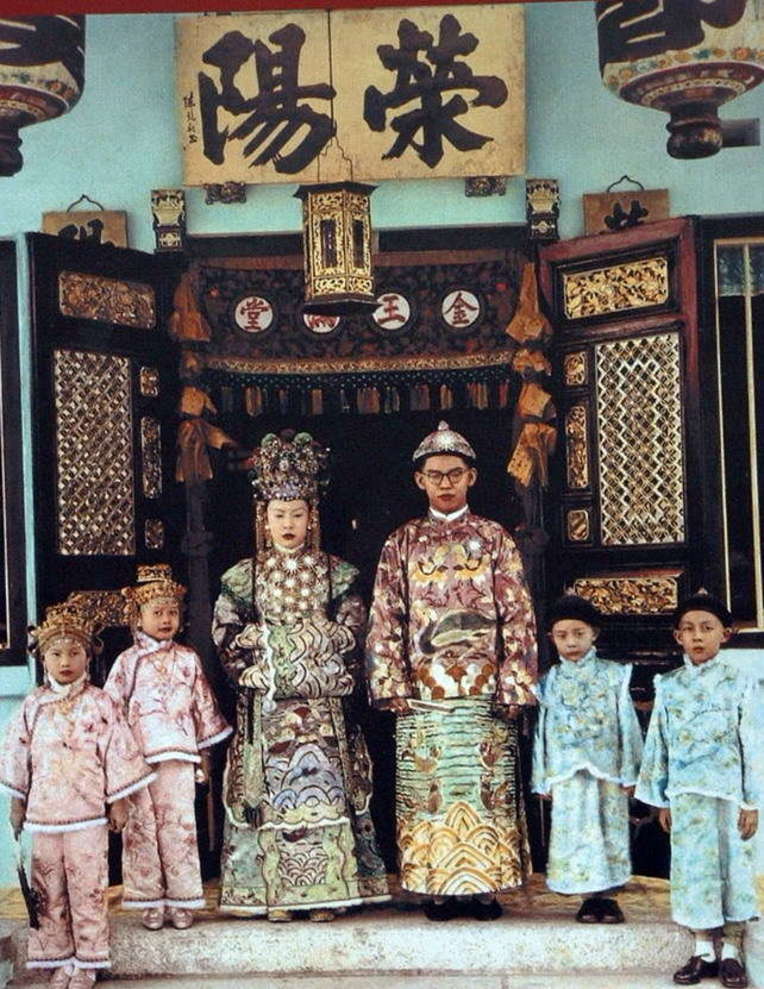
A photograph of a Peranakan wedding couple from a museum in Penang
Peranakan males are referred to as babas while females, as nyonyas. Many Peranakans would retain their Chinese surnames and cultural practices such as ancestor worship but were considered a different group from the China-born Chinese in Singapore.
The Peranakan Lifestyle
Many of the early Peranakans were entrepreneurial traders and shopkeepers. They were oftentimes English-educated and belonged to a higher socio-economic class. Most of the Peranakans were fluent in the language, with many appointed by the British authorities as community and civic leaders.

Peranakan shophouses in Joo Chiat, Singapore
The Peranakans stayed in shophouses, particularly those painted with bright colours; such as the ones you see along Joo Chiat. The wealthier families, however, would build themselves grand townhouses and mansions using a mixture of local and imported materials, with some from as far away as England!
For the Nyonyas, a large part of their life before marriage would have been spent perfecting the Peranakan crafts of cooking, cleaning, beading, sewing, etc. Mastery of these skills showed that she is patient, attentive, creative and intelligent — ideal for marriage!
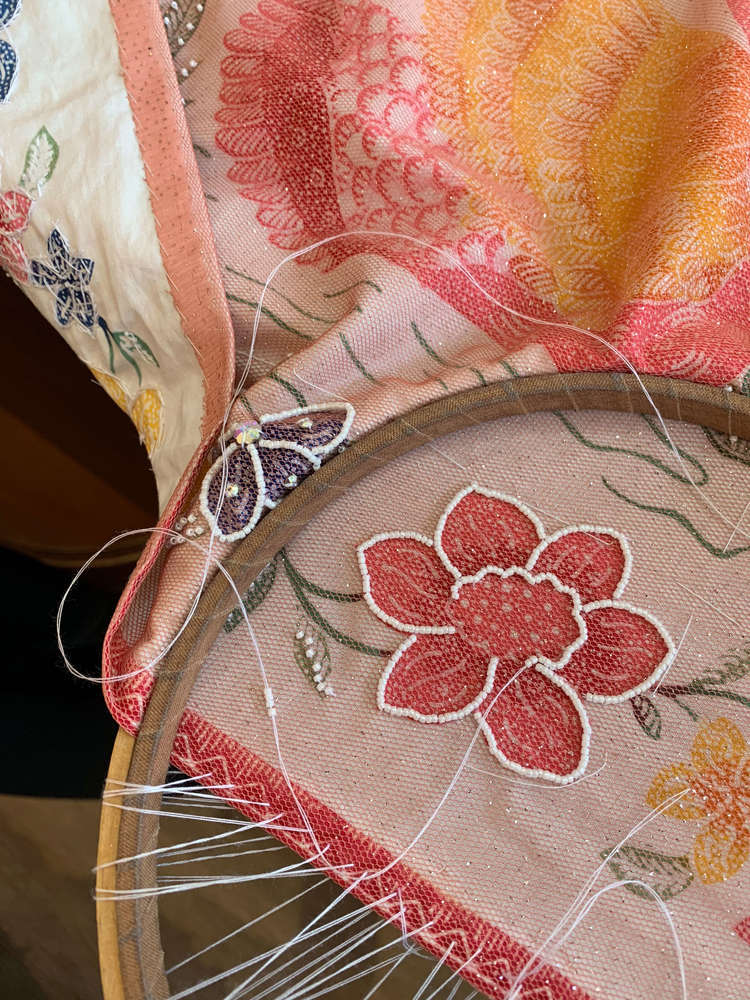
Peranakan beadwork
Peranakan beading is an intricate craft. A great deal of patience and attention to detail is needed to weave minuscule glass beads into fabric to create designs of flowers, birds, and mythical Chinese creatures. The use of beading ranges from Peranakan slippers to decorative items like tablecloths and wall-hangings.
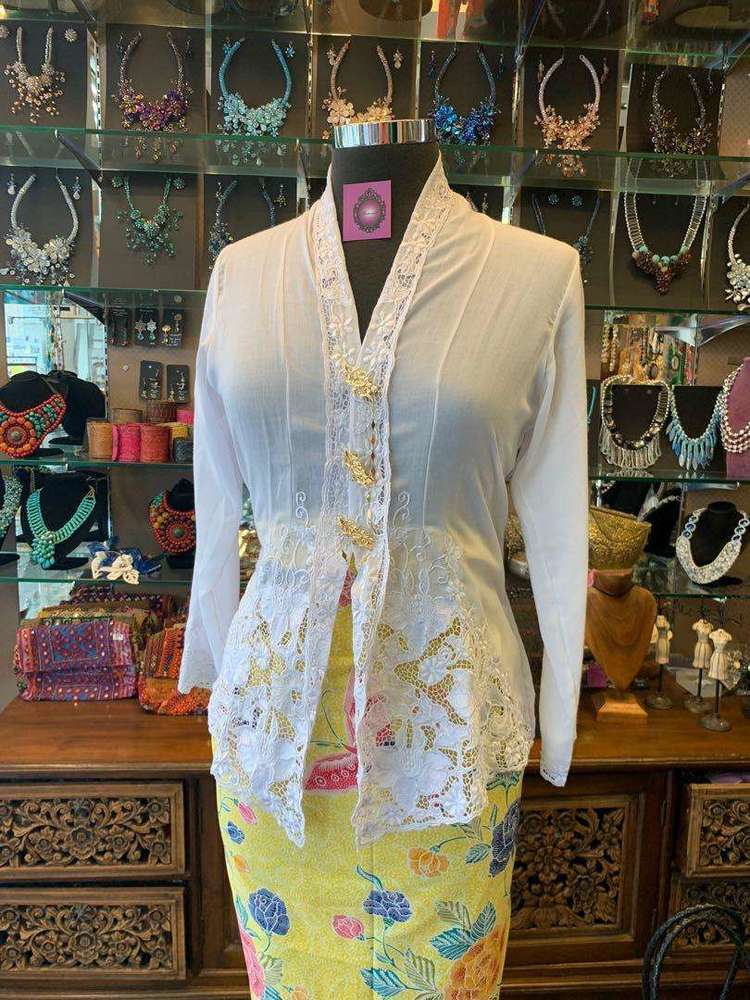
Nyonya Kebaya
Source: Ratianah
Together with the beaded slippers, Peranakan women would don a two-piece outfit known as a sarong kebaya. The clothing itself does not have any buttons or fixtures of that sort, and would be held together with brooches and a gold or silver belt. To complete the outfit, one mustn’t forget the jewelry. From rings, bracelets, bangles to headpieces, Peranakan jewelry is all about gold and silver. Showing off the flashy jewelry that your husband could afford to buy was very much a way to flaunt your wealth and affluence in Peranakan culture. On the other hand, the men wore either traditional Malay or Chinese-inspired outfits, or Western-styled clothing.
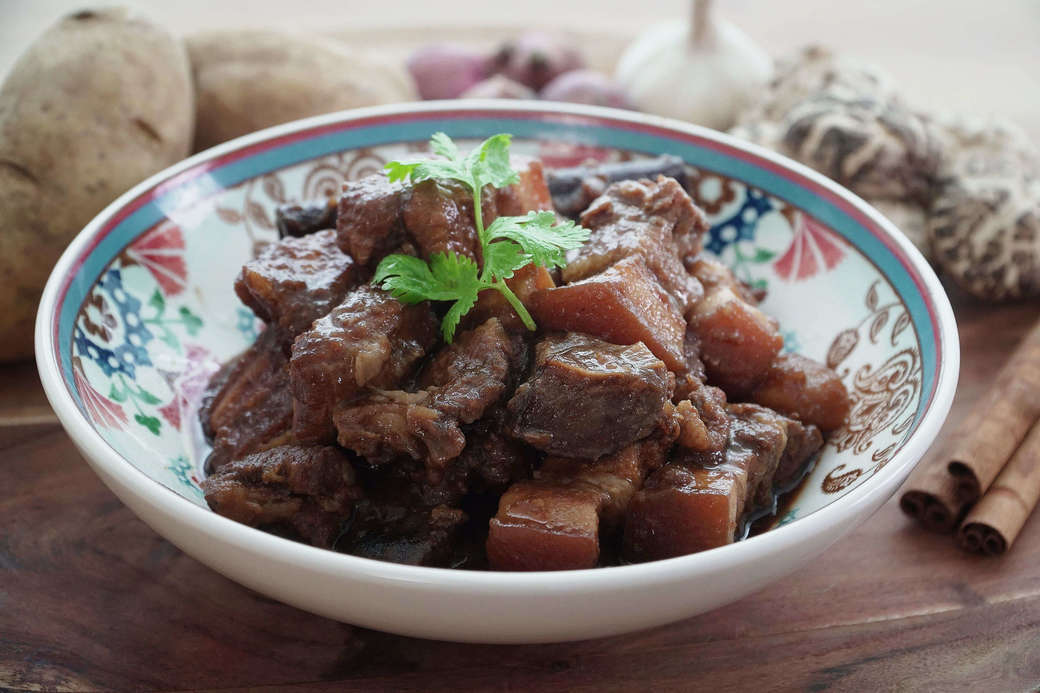
Babi Pongteh
Source: themeatmen.sg
When talking about the Peranakans, how can we miss out Peranakan cuisine? A blend of Chinese ingredients with Malay/Indonesian spices, their food stands out across Southeast Asia. Peranakan cuisine covers a whole range of tastes, from sweet, spicy, sour and salty, to cold and hot. For a salty-sweet and deliciously funky experience, try their babi pongteh, a braised pork dish cooked with gula melaka, best served with a bowl of steamed rice. If you’d like something with more spice, go for their slow-cooked beef rendang, a caramelized meat curry dish that uses spices and coconut milk.
To add, the food would be served on Peranakan porcelain, colourful plates and bowls with detailed designs of flowers and phoenixes.
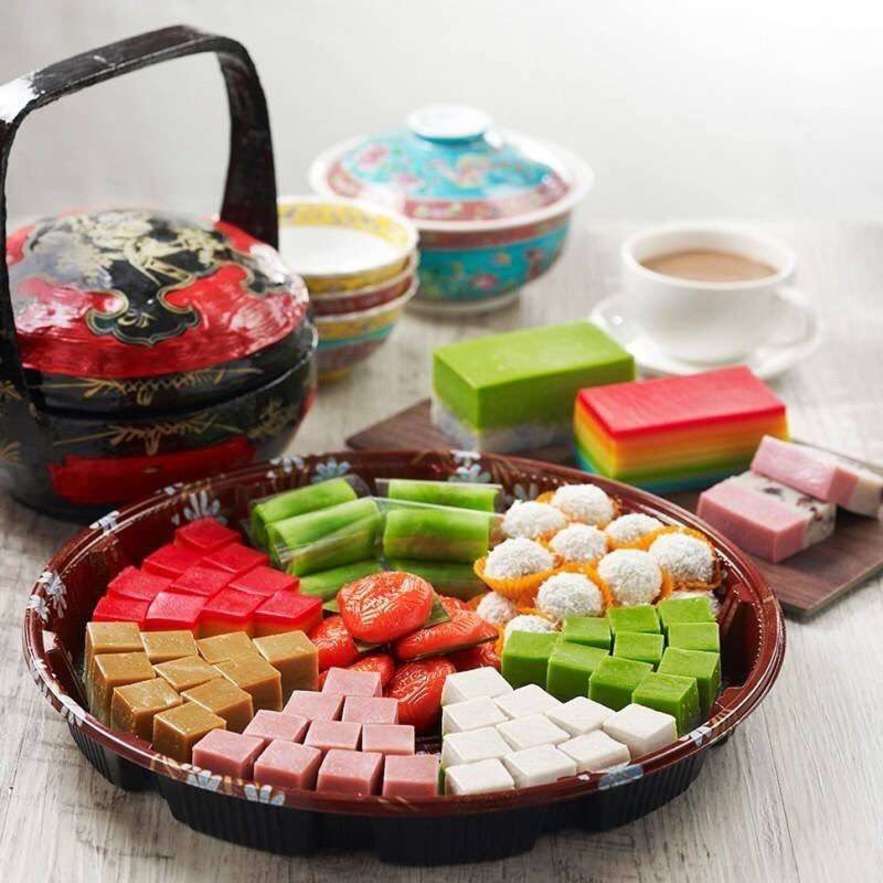
Nyonya kuehs
Source: HarriAnns Nonya Table
Any meal isn’t complete without dessert. Still famous today, the Nyonya kuehs are household snacks in Singapore. Ang ku kueh, kueh lapis, ondeh ondeh… it’s impossible for you to not have heard of these glutinous rice goodies!
The Fall of the Peranakans
The Great Depression of the 1930s and World War II hit the wealthy Peranakans hard. Many of them failed to recover their former wealth or resume their previously lavish lifestyles. Together with western influences and the difficulty of the Peranakan crafts, Peranakan culture eventually became lost with time.
Today, many of the Peranakans in Singapore are reflected as Chinese/Malay on their identity cards and almost none continue to learn the crafts. Only a select few still practice the traditional Peranakan crafts, hoping to keep their culture alive by sharing it with the public.
Try Peranakan Beading!
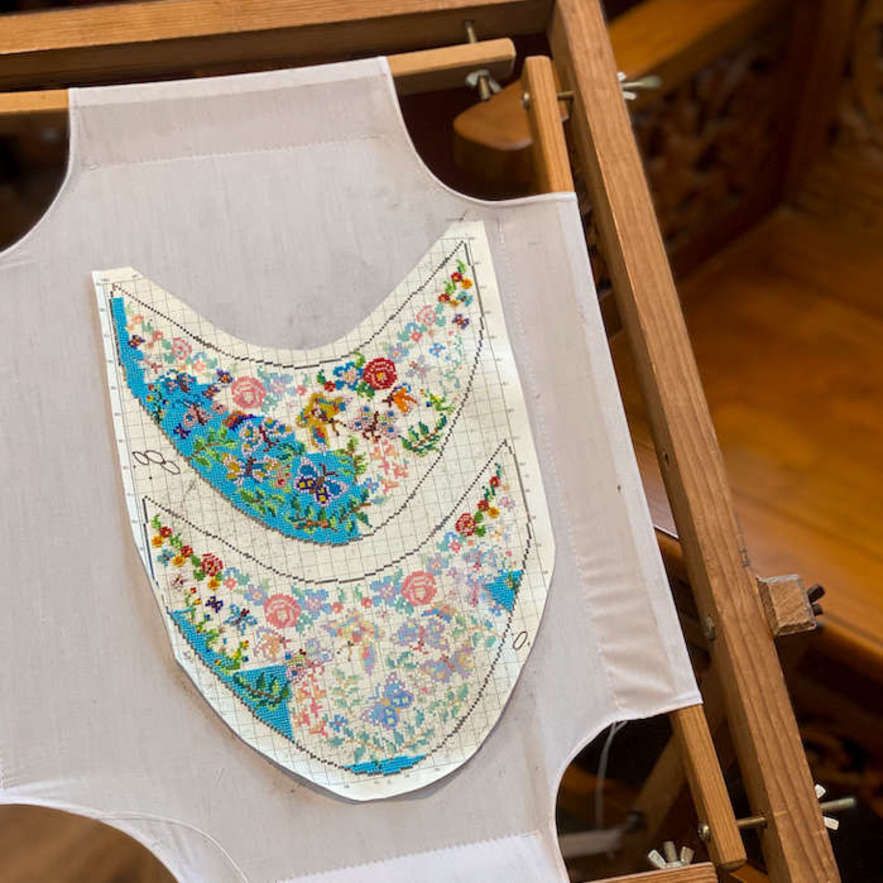
Peranakan Beading Workshop | Culturally Singapore
Play a part in preserving Peranakan culture in Singapore! In a two-hour session, hear about the origins of Peranakan beading, what makes these beads and the practice so special, and learn how to create a beautiful piece of Peranakan bead art on your own.
Find out more here.
*Hero image from @x.wanlin.x on Instagram
• • •
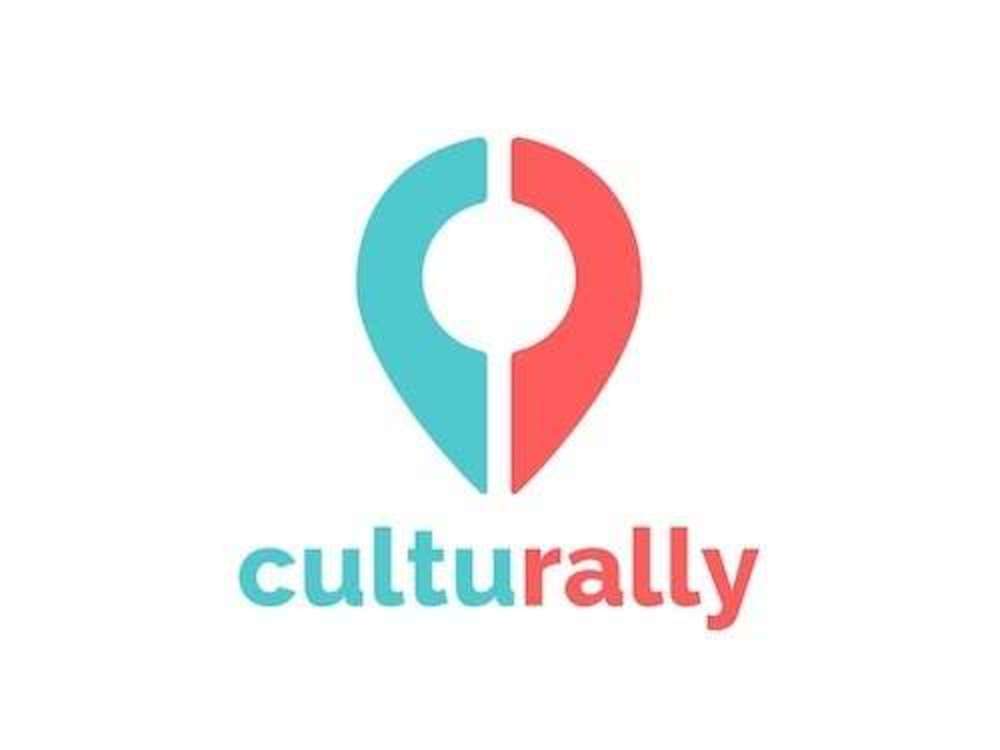
Try printmaking with Peranakan motifs! With Culturally x Lokka Lekkr, design your very own tote bags with Peranakan tile designs through block printing or screen printing!